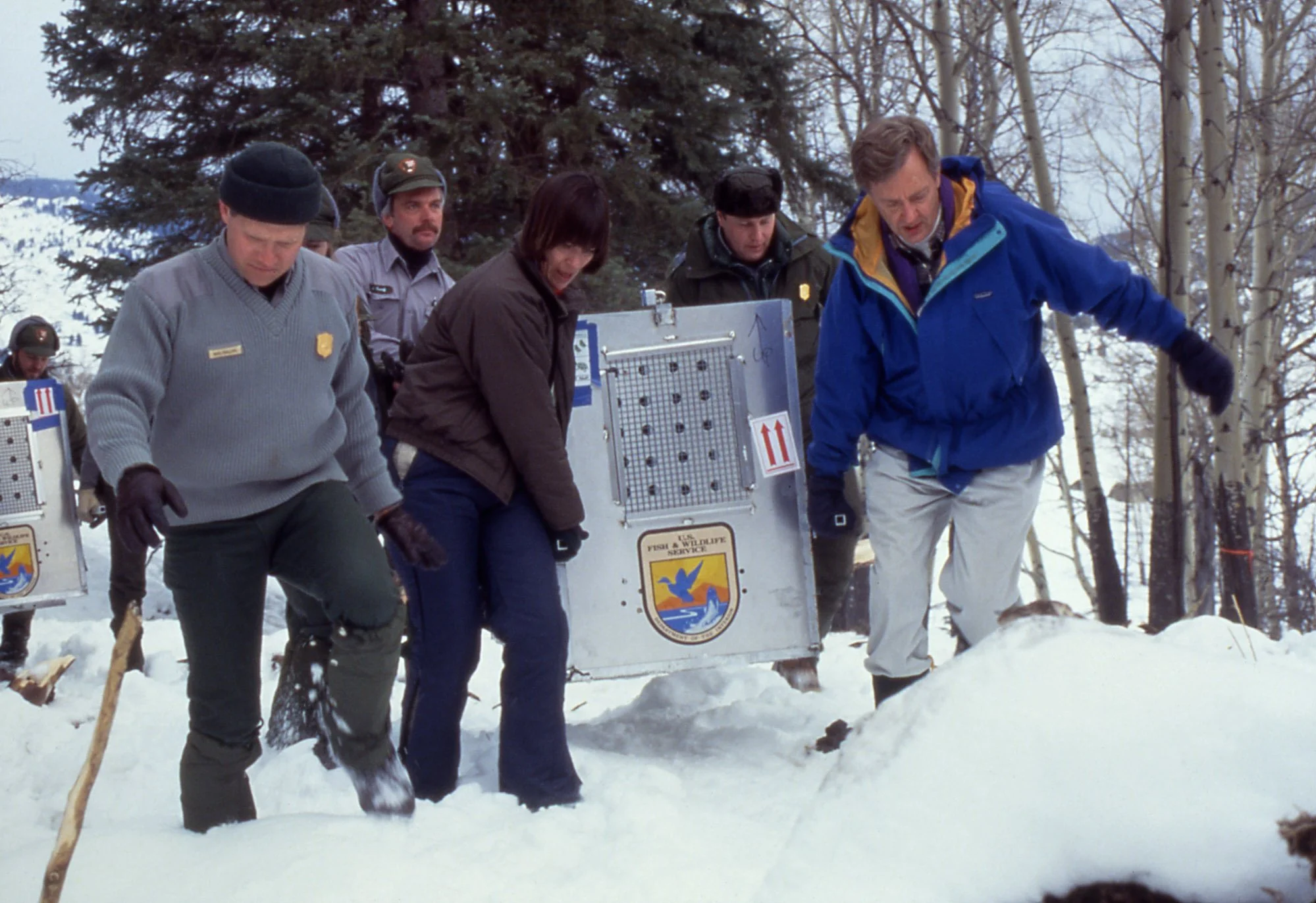Reflecting on 25 years of wolves in Yellowstone National Park
To celebrate the 25th anniversary of the Yellowstone wolf reintroduction, we had the opportunity to chat with Mike Phillips about his experience during that time. Mike Phillips has been a restoration ecologist since 1986, led the historic effort to restore red wolves, and served as the first leader of the Yellowstone wolf restoration project. The wolves were first brought into Yellowstone National Park via truck on January 12, 1995 and were released from their acclimation pens in the park between March 21 and 31, 1995.
Since 1997, Mike has served as the Executive Director of the Turner Endangered Species Fund and senior advisor to the Turner Biodiversity Divisions. Since inception, they collectively have stood as the world’s most significant private effort to use reintroductions to improve the conservation status of imperiled species.
(Left to right) Mike Phillips, Jim Evanoff, Molly Beattie (Director of US Fish and Wildlife), Mike Finley (Yellowstone Superintendent), and Bruce Babbitt (Secretary of the Interior) carrying the first crate with a wolf in it to the Crystal Creek pen. (Photo Jim Peaco/NPS).
What first interested you in wildlife conservation?
Spending time outdoors with my father as a young boy and watching, in 1970, the National Geographic special concerning the pioneering grizzly bear research done by John and Frank Craighead in Yellowstone National Park.
What was your role in the Yellowstone wolf reintroduction?
I served as the leader of the project from September 1994 until July 1997 when I left Yellowstone Park to co-found with Ted Turner the Turner Endangered Species Fund and Turner Biodiversity Divisions.
Mike Phillips (left) & Mark Johnson vaccinating wolf pups at the Rose Creek pen. (Photo Doug Smith/NPS.)
What were some of the challenges and barriers during the reintroduction? How were they overcome?
Counseling patience to the myriad of senior administrators who were involved in the project and deeply committed to a successful outcome. Also, by being patient with myself.
What were some of your favorite moments during the reintroduction out in the field?
Working with the wolves themselves either through essential handling events (e.g., to attach radio collars), direct observations, or assessment of their habits through the telltale signs left by their lives (e.g., inspection wolf-killed ungulates).
Did you have a favorite wolf? What made him/her endearing?
Male #10. His life, which ended in his death, beheading, and skinning at the hands of a poacher, illustrated that much work remains to readjust our relationship with wild and self-willed nature. Until we accomplish that, peace, prosperity, and justice for too much of non-human life, and human life, will remain a chimera.
Wolf #10 in the Rose Creek pen, one of the first wolves reintroduced into Yellowstone National Park. (Photo Jim Peaco/NPS.)
How have wolves impacted the ecosystem since their reintroduction?
Reliable data make clear that wolves have helped to reduce elk numbers and have changed elk foraging behavior allowing for vegetation to recover from chronic over-browsing. That has helped create greater ecological diversity and resilience, at least on the Park’s Northern Range.
At the time, did you think wolf reintroduction would be as successful as it was? To have one big, connected population, did you think that was possible?
Yes and yes. If given half a chance, wolves are sufficiently capable to take full advantage of a good opportunity. And Yellowstone Park and the Greater Yellowstone Ecosystem represented a great opportunity.
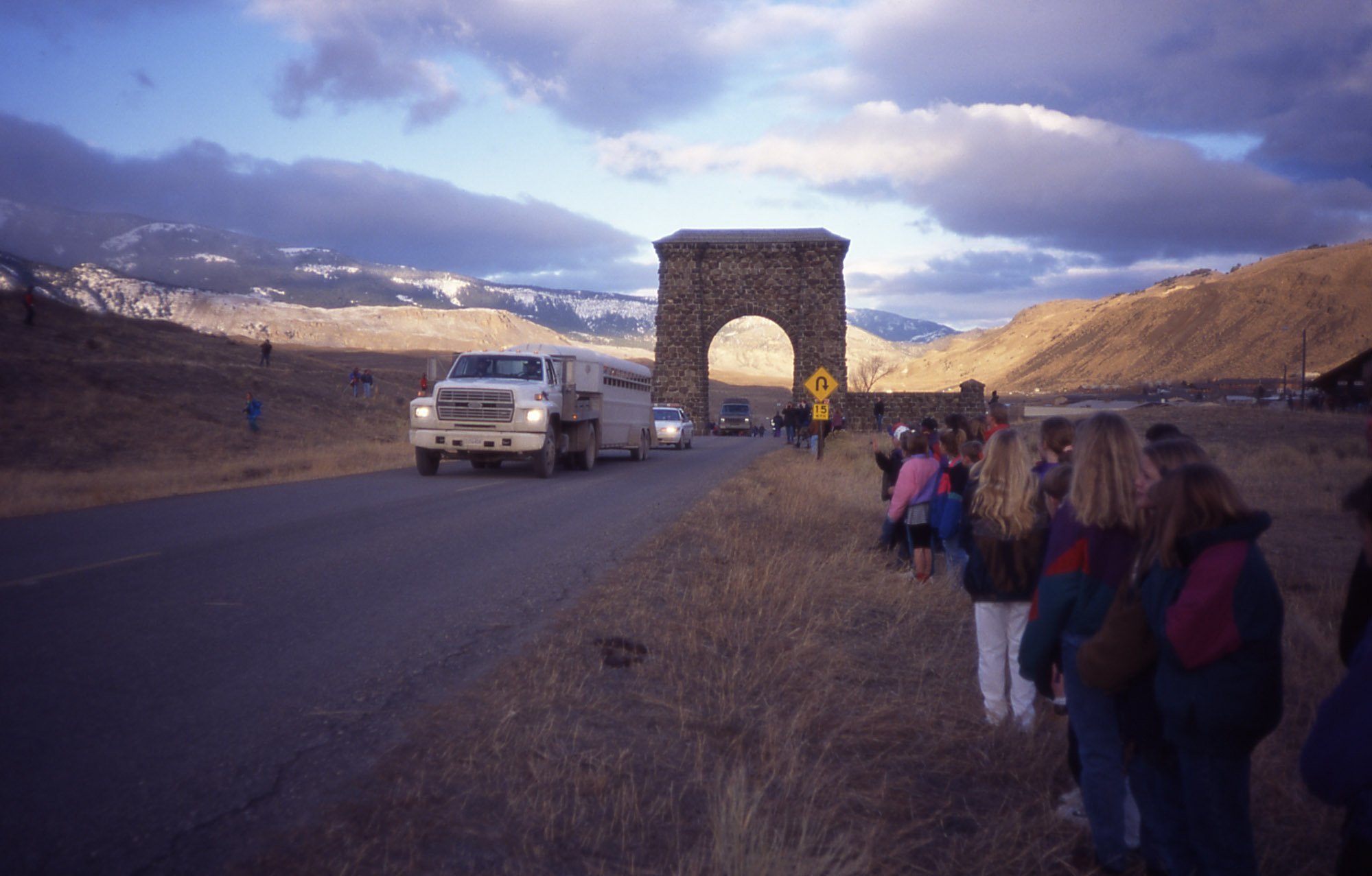
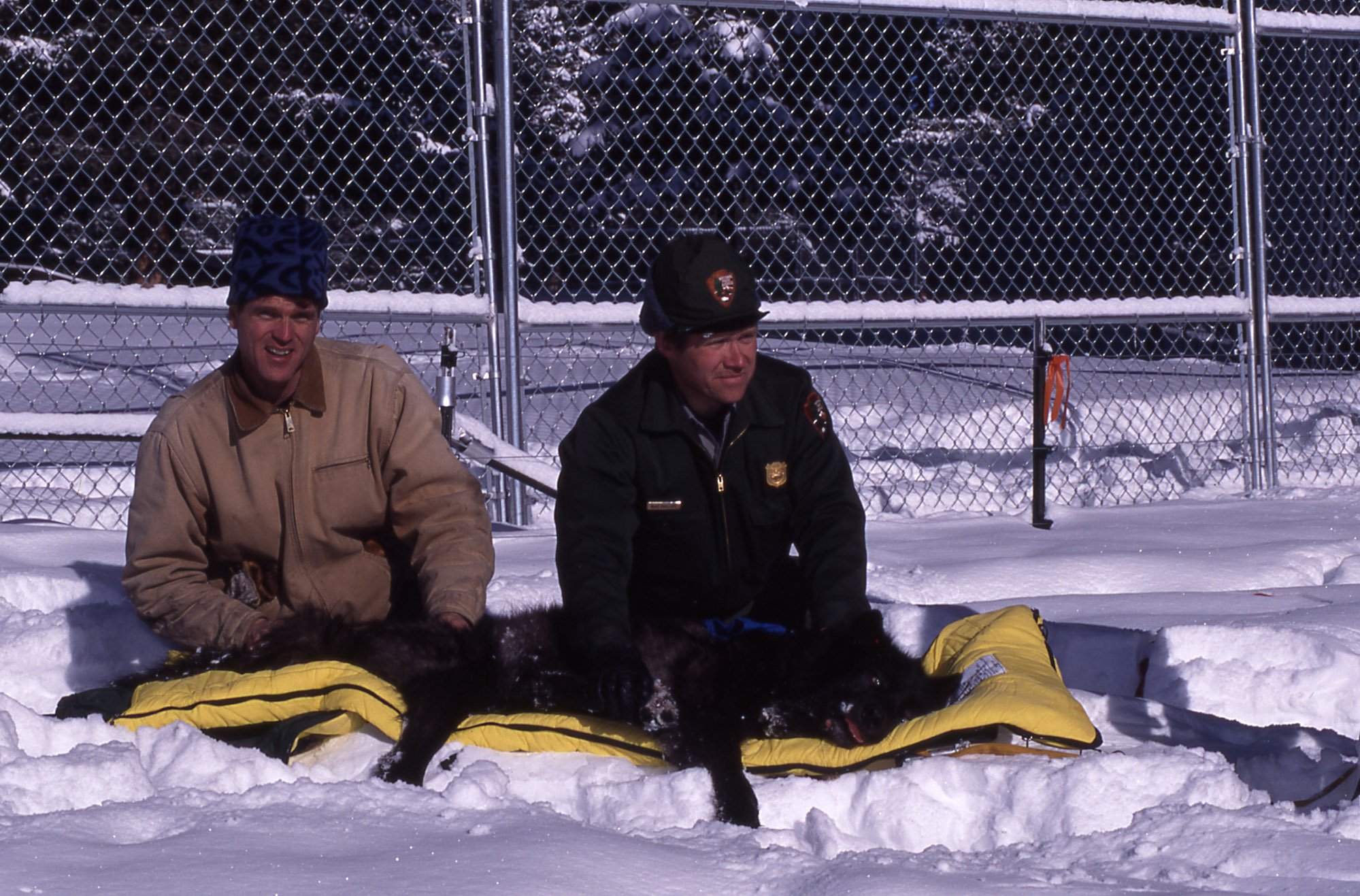
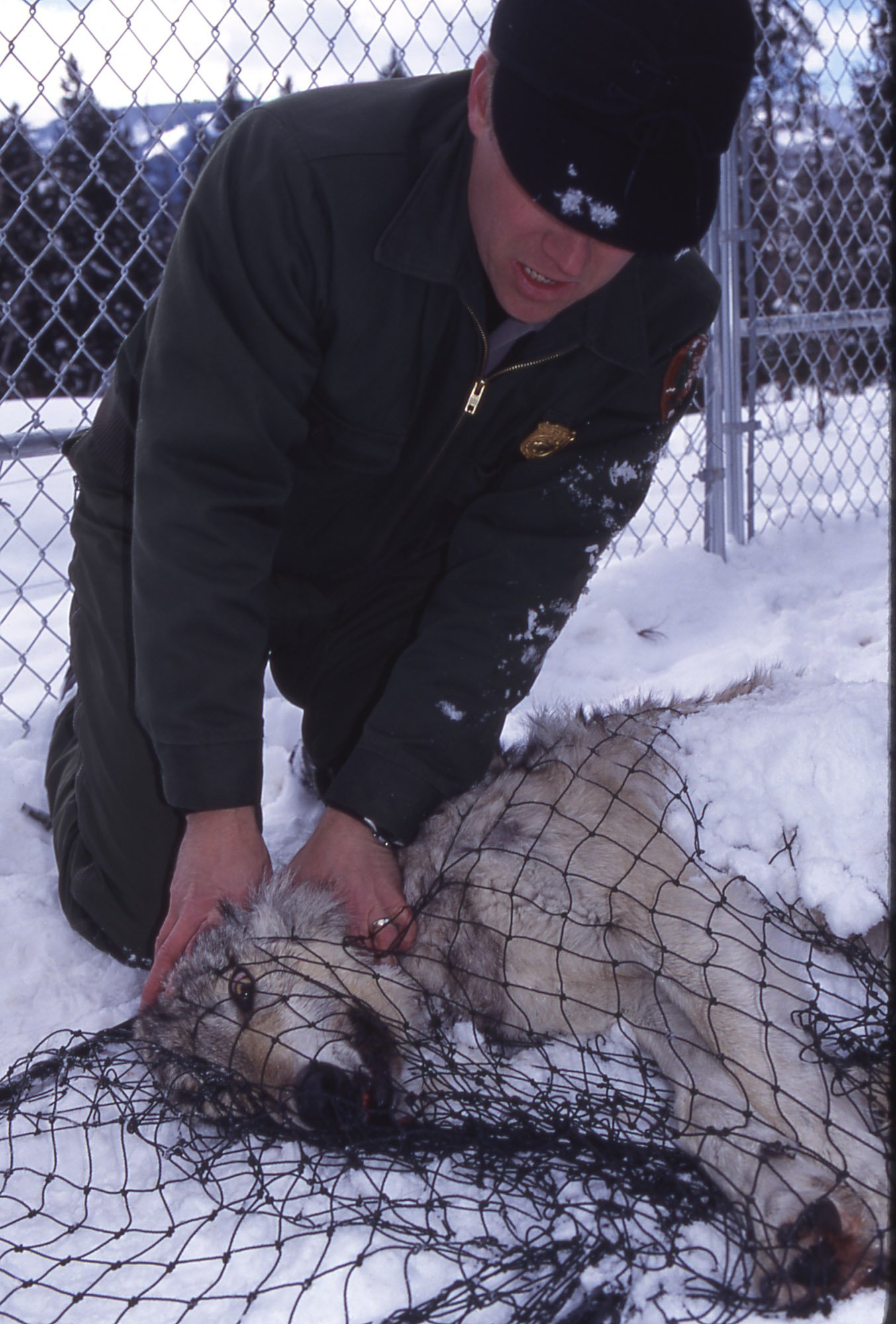

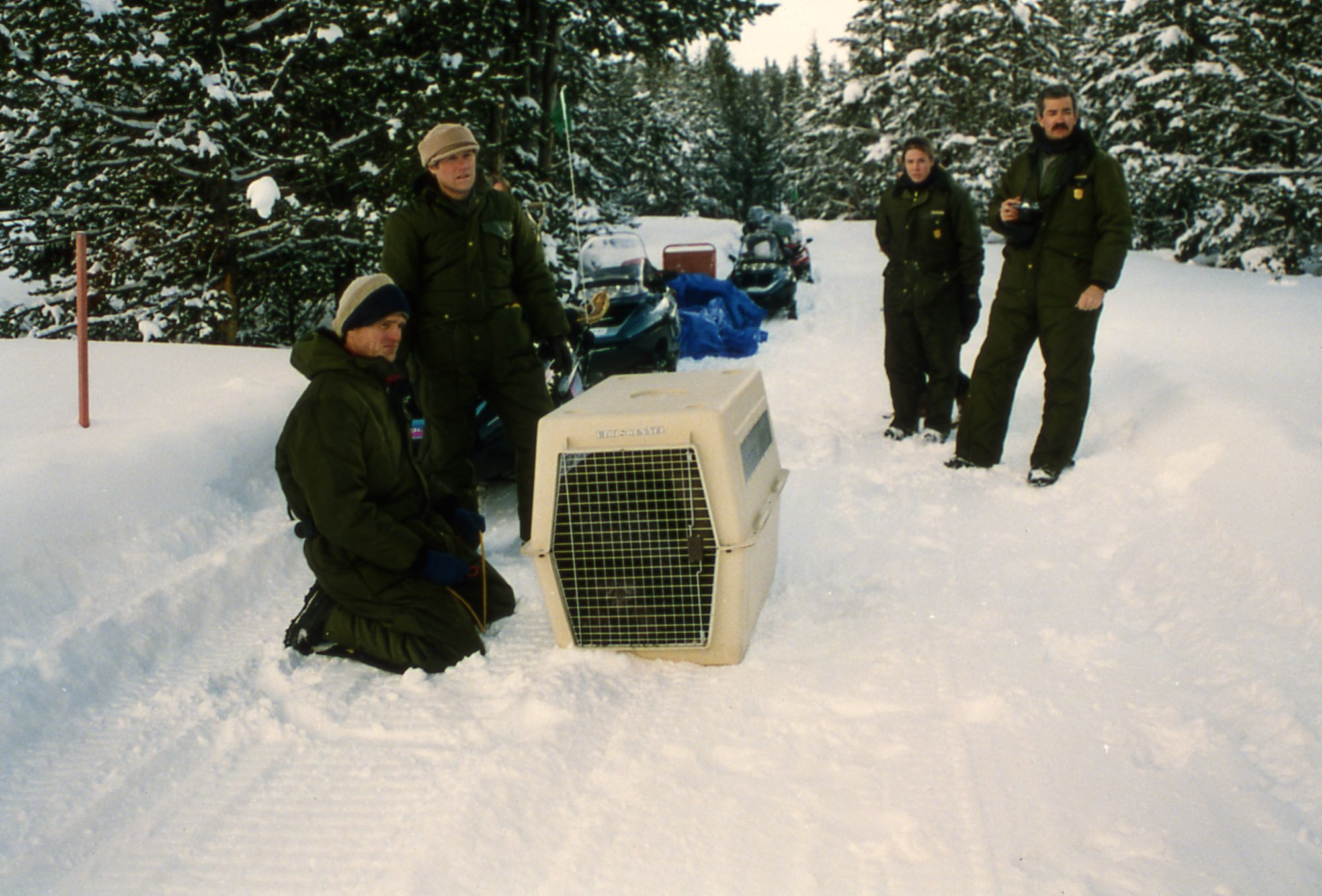

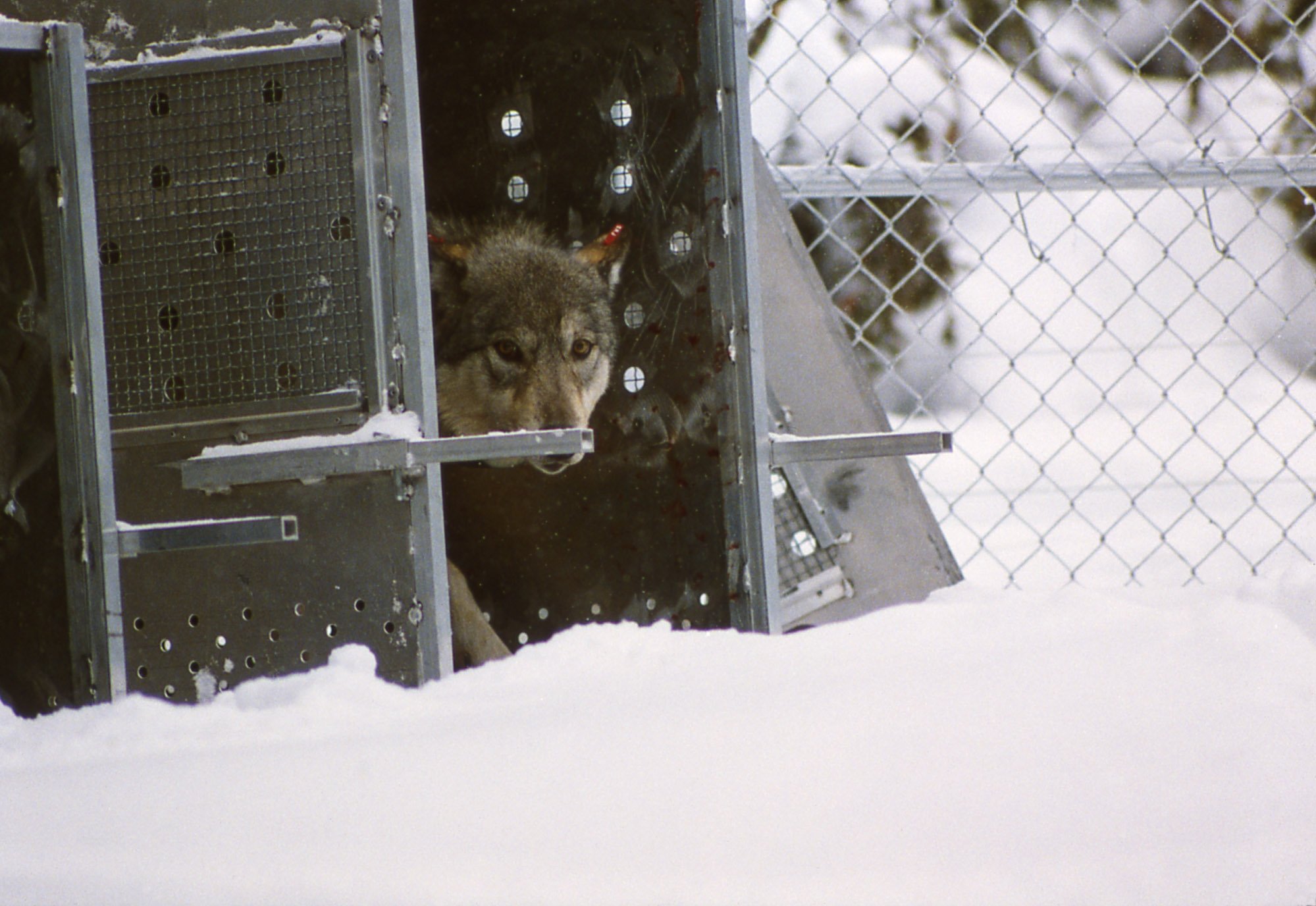
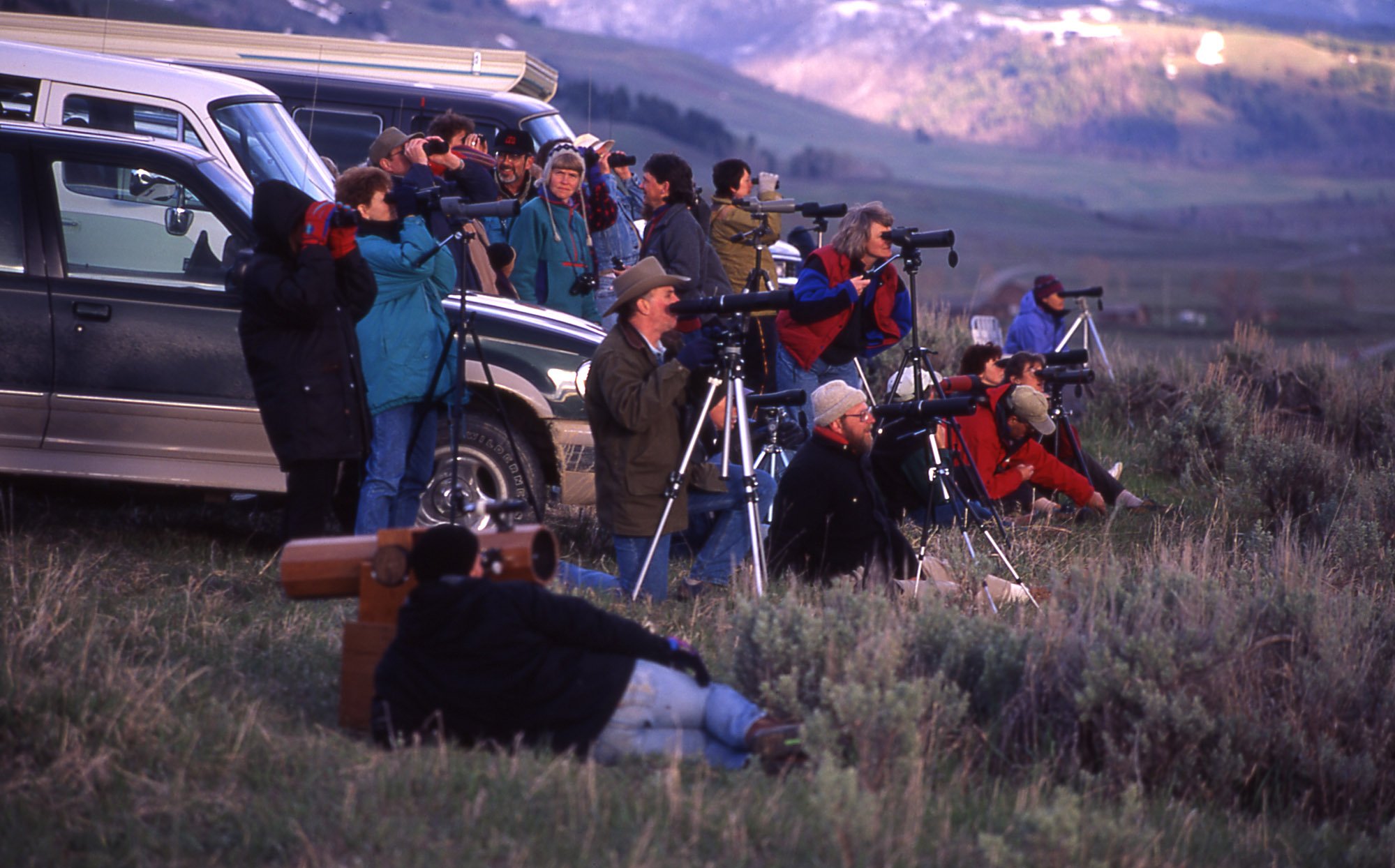
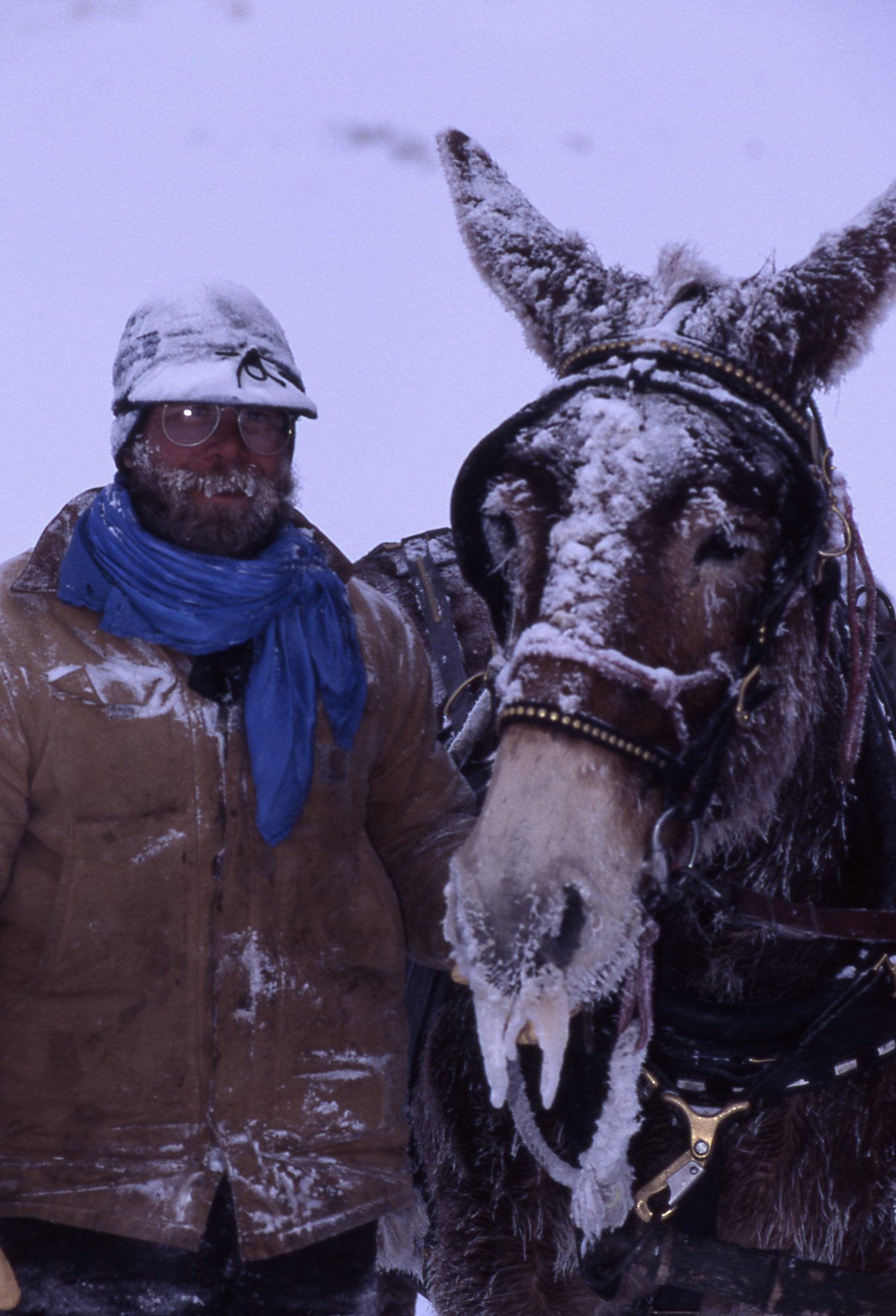
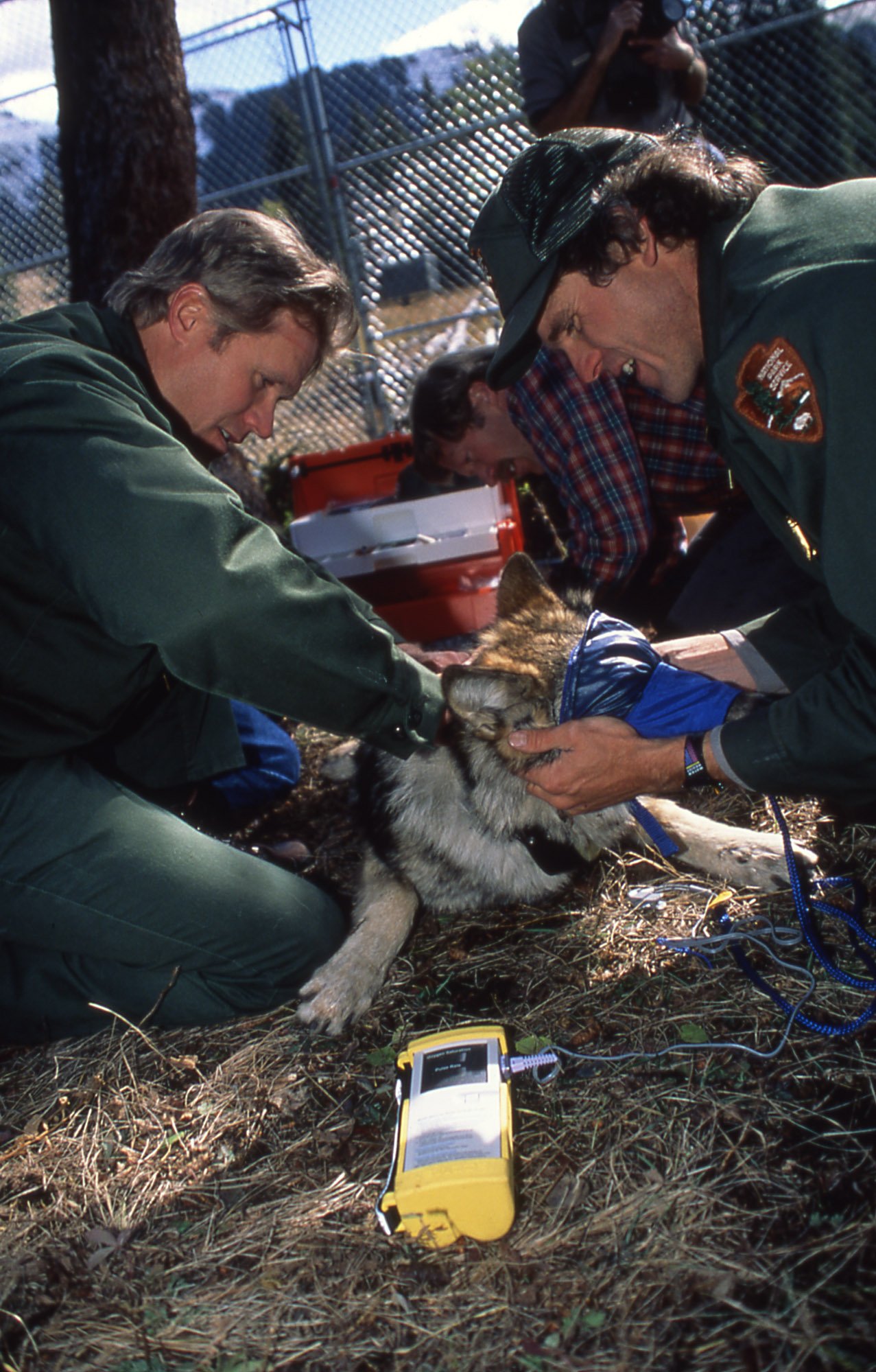
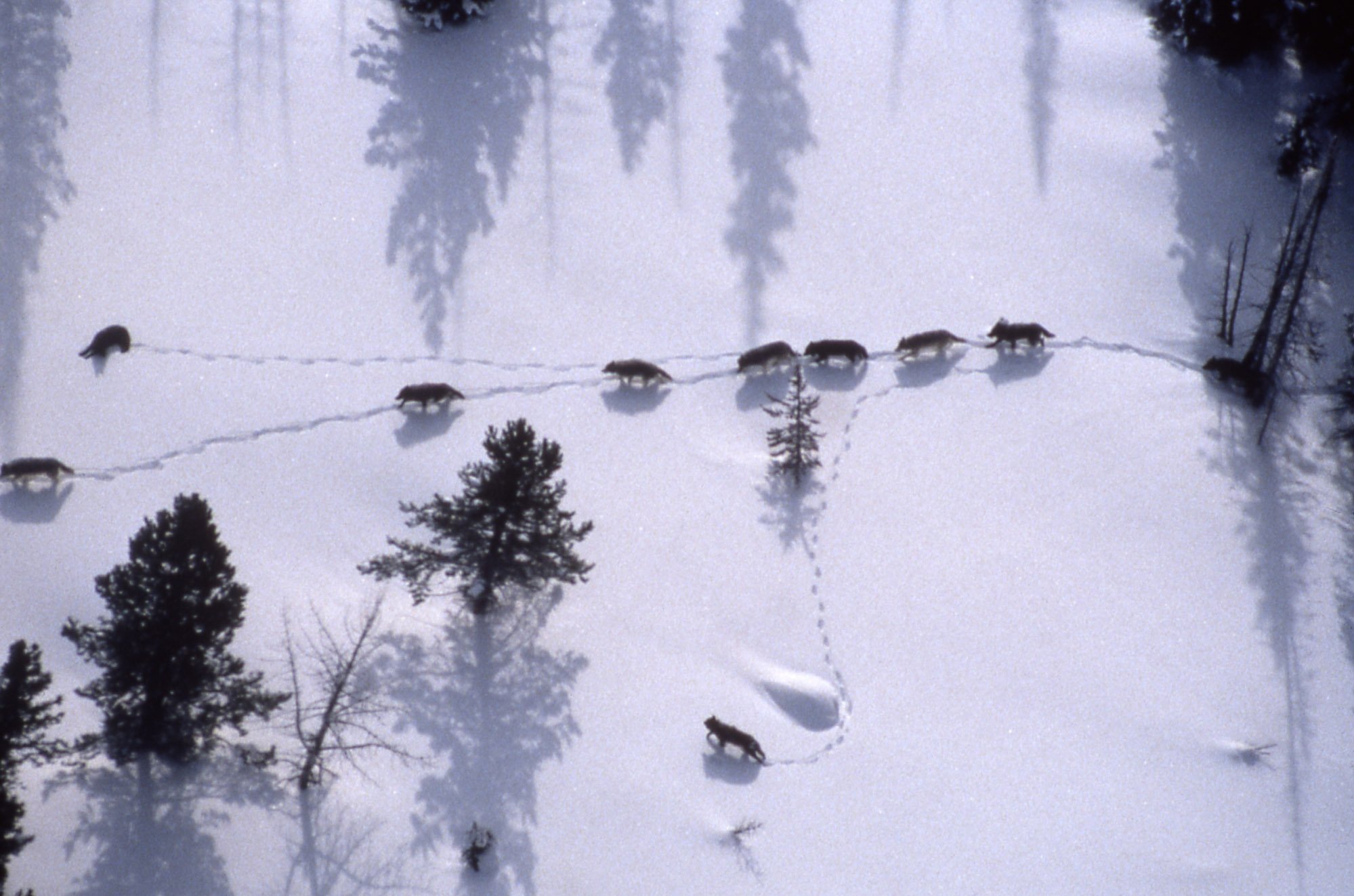
What’s the future of wolf reintroductions in America?
The > 17 million acres of federal public land in western Colorado, including Rocky Mountain National Park, represents the only remaining landscape of high-quality habitat in need of wolf reintroductions.
-Emmy Reed, Communications and Digital Media Associate
Support our wildlife conservation work with a gift today!

